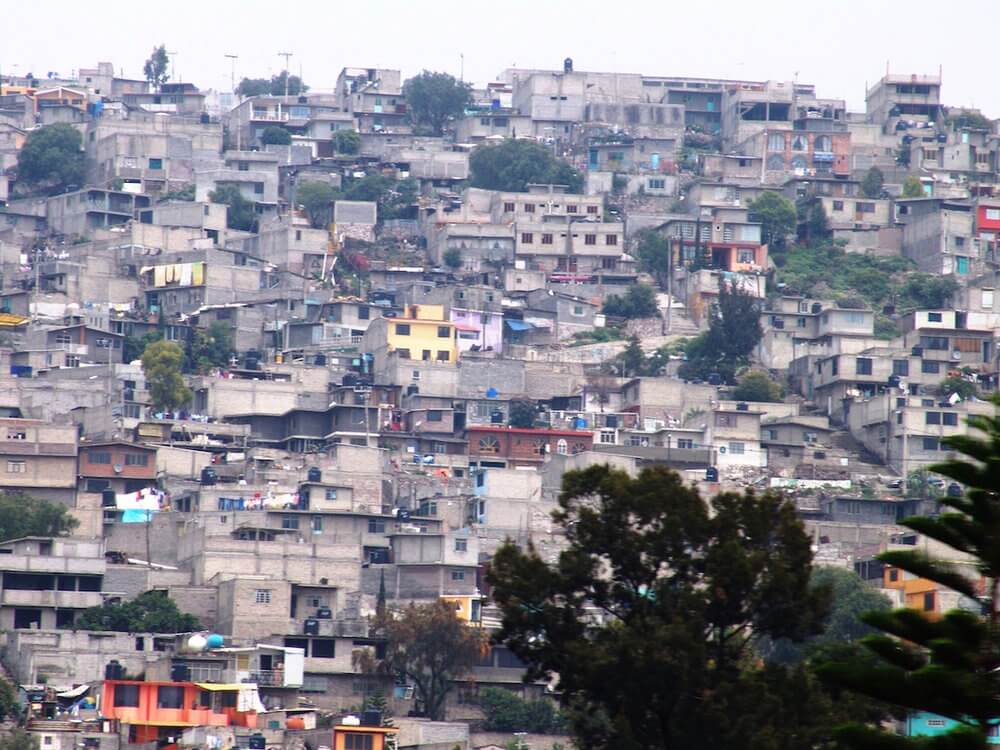The Overwhelming Value Of Trees
Want to be healthy and happy? Plant a tree — or better yet, save one from being bulldozed or chopped down.
That’s because the more we learn about trees, the more we realize they are really really good for us.
They’re not just vital for birds, monkeys and other wildlife. They’re essential for us as well.
Breathe Easy
If you live in a city, trees do a wondrous job of absorbing noxious air pollutants — such as carbon monoxide, nitrogen dioxide, sulfur dioxide, and volatile organic compounds — that spew out from cars and factories.
Such pollutants can increase emphysema, cancer risk, cardiovascular problems, and the chances of developing asthma, among other maladies.
For each of the world’s megacities, it’s been estimated that trees are providing an average of $500 million per year in natural air-cleaning services.
Of course, trees are also very effective at trapping rainfall, thereby reducing storm-water flooding. And they store hundreds of billions of tonnes of heat-trapping carbon that would otherwise accelerate global warming.
Heat Islands
Trees play a particularly crucial role in cooling cities, making them more pleasant and productive places to live.
Aside from the cooling effects of tree shade, a good-sized tree can emit half a tonne (500 liters) of water vapor each day, as it photosynthesizes.
That virtual torrent of water vapor chills the air and land surface by evaporative cooling, and it also creates white, fluffy clouds that reflect solar heat back into space.
Without trees, cities in warm climates (or in the summertime) tend to become virtual hellholes dominated by concrete and asphalt — known as “heat islands”.
Take away a city’s insulating trees, and its average temperature can shoot up by 1-3 degrees C (2-6 degrees F) in the daytime, and by a whopping 12 degrees C (22 degrees F) at night.
And when it comes to human productivity and comfort, such excessive heat is bad.
Researchers have recently concluded that, when they factor in heat-island effects in big cities, economic losses from global warming are likely to be 2.6 times higher than they’d previously thought.
How Trees Fight Disease
Beyond cleaning our air and keeping us cool, trees also hold nasty diseases at bay.
In Cambodia, for example, landscapes that have had their forest cover chopped down have markedly higher incidences of childhood diarrhea, acute respiratory infection, and fever.
Why? The felling of trees evidently disrupts the natural water cycle, increasing the load of diarrhea-causing microbes in water supplies while reducing the amount of water available for personal hygiene.
Deforested areas are also prime habitats for disease-carrying mosquitoes, which like to breed in the shallow puddles and ponds typical of deforested lands.
In the Amazon, malaria-bearing mosquitoes are much more abundant in cleared than forested lands, and the incidence of malaria larvae in pools of water increases dramatically — from 2 percent in intact forest to 17 percent in cleared areas, according to a recent study.
Overall, the risk of being bitten by a malaria-carrying mosquito in Amazonia is about 300 times higher in a deforested area than beneath an intact forest.
‘Brutal’ Heat
As global warming increases, big cities are getting a double-whammy of discomfort: the thermometer is rising from global warming, and that warming is being further magnified in cities by heat-island effects.
That’s really bad news for city dwellers. By the end of this century, for example, Asia’s big cities could experience 10 times as many ‘brutally hot’ days per year than they do today, according to climate researchers.
And in the future, there will be a lot more people suffering in the intense urban heat.
Today, about 4.2 billion people live in cities. By 2100, that number will leap to more than 9 billion people.
Most of these urban increases will occur in the rapidly developing nations of Africa, Asia, and Latin America.
Think about it: we’ll soon have a planet with some 11 billion people in total — of which around 9 billion people will be hot, poor, sick, and seriously unhappy because they live in thoroughly miserable conditions.
We Need Greener Cities!
This is a true emergency. Humanity needs to make immediate strides to help our burgeoning cities become more livable.
The governments of developing nations are already struggling to control basic hygiene, communicable diseases, drinking-water quality, and epidemics in their rapidly growing cities and slums.
Planting trees and saving native forests won’t solve all our urban and environmental problems. But it is one of the cheapest, simplest, and most meaningful things we all can do.
The trees we plant or rescue will surely enhance nature, and they’ll also improve our health, happiness, productivity, and overall well-being.
So, instead of buying your kid a plastic toy for her next birthday, why don’t you buy her a lovely native tree — which she can plant and watch grow for her entire life.








